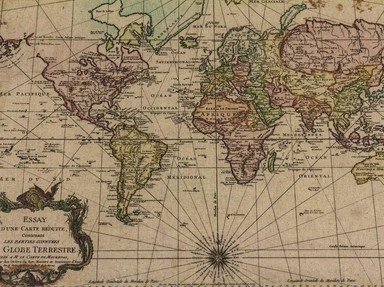Quiz Answer Key and Fun Facts
1. Presiding from their seats at Angkor since the ninth century AD, kings from the Khmer Empire exercised their power and built magnificent temples and huge reservoirs. What country is Angkor located in?
2. Stretching towards the northeast for over 200 kilometres, the Bandiagara Escarpment was a sandstone ridge, home to the Dogon people who inhabited the region around 1490 AD. What country is the Bandiagara Escarpment located in?
3. This island city was renowned as the birthplace of Apollo and Artemis. The Terrace of the Lions was built in this island to worship Apollo. Situated equidistant from the Greek mainland and Asia Minor, it became an important trading centre. Name the island city.
4. Synonymous with the Gates of Alexander from medieval legends, fortifications were erected in this Russian city to protect civilisations from barbarians. With discoveries of ancient structures from over 5000 years ago, this city was also considered the oldest. What was the name of this city?
5. Octagonal in shape, the Arian Baptistry was constructed by Theodoric the Great around the early sixth century AD. However, in 565 AD it was turned into an Orthodox Catholic church known as Santa Maria. In which Italian city was Arian Baptistry located?
6. Built by Arabs around the third century BC, this city located in Iraq served as an important stopover along the Silk Road. The fortifications were formidable and withheld Roman assaults, but it was destroyed by the Sassanid Empire in 241 AD. Name this city.
7. A city founded in 850 AD, which grew to an enormous size of 20 km▓, was the capital of Chimu Empire. Walls that were eight metres high surrounded the city. Choose the capital city.
8. Chichen Itza was a major Mayan city that rose to prominence in the seventh century AD, but collapsed around 1000 AD. However, the step pyramid known as El Castillo was built in the city sometime between the 10th-13th centuries AD. Which country was Chichen Itza located in?
9. A city was founded by Ionian Greeks in 538 BC after they fled from Phocaea in 545 BC. It was also where the ancient Greek philosopher Parmenides was born. What was the name of this city?
10. Castle Frankenstein, a 13th century medieval castle, shares its name with a horror classic. Castle Frankenstein was also said to be the birthplace of the alchemist who created Dippel's Oil. In which country is this castle located?
Source: Author
knightmyst
This quiz was reviewed by FunTrivia editor
Pagiedamon before going online.
Any errors found in FunTrivia content are routinely corrected through our feedback system.
